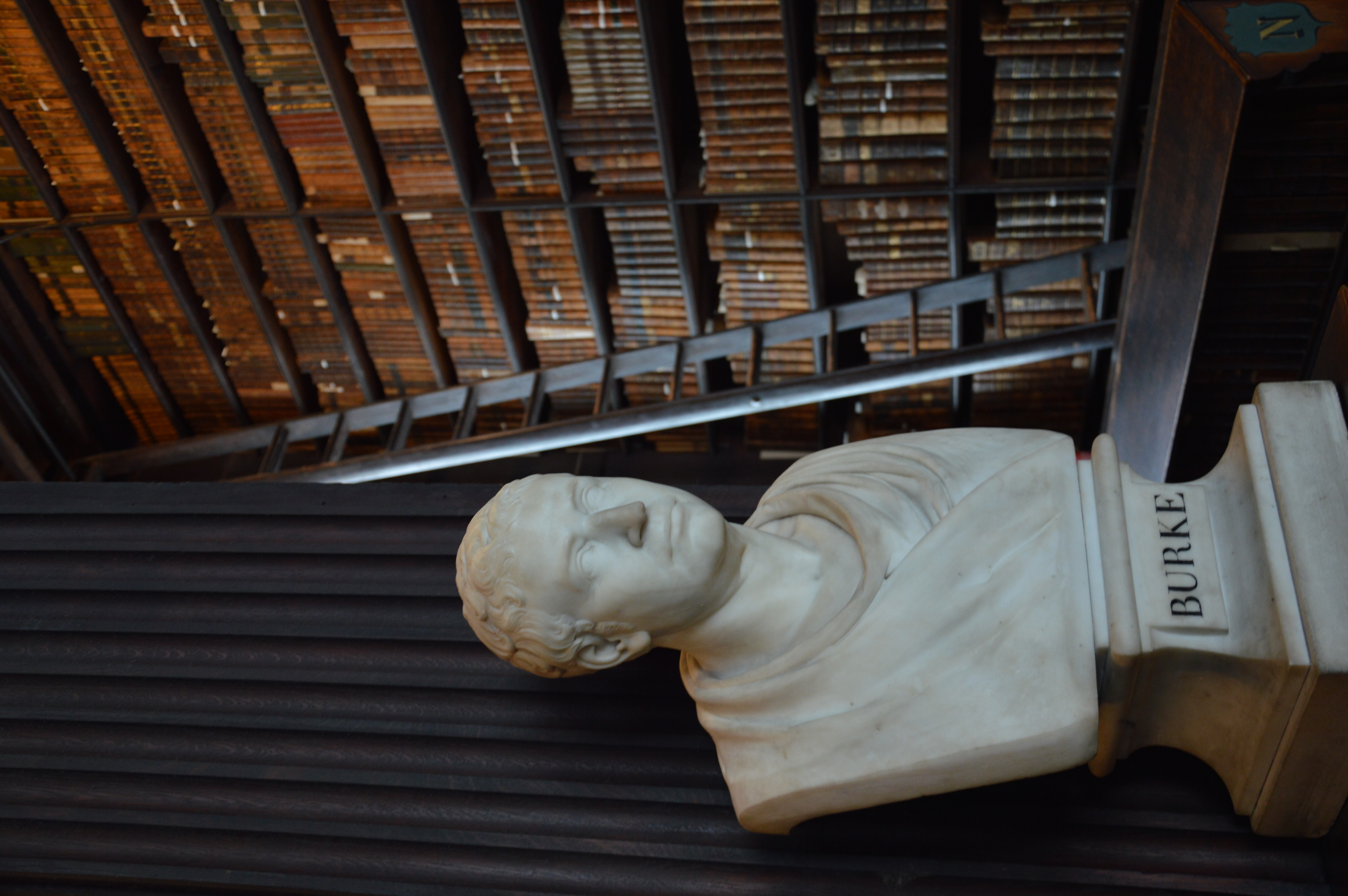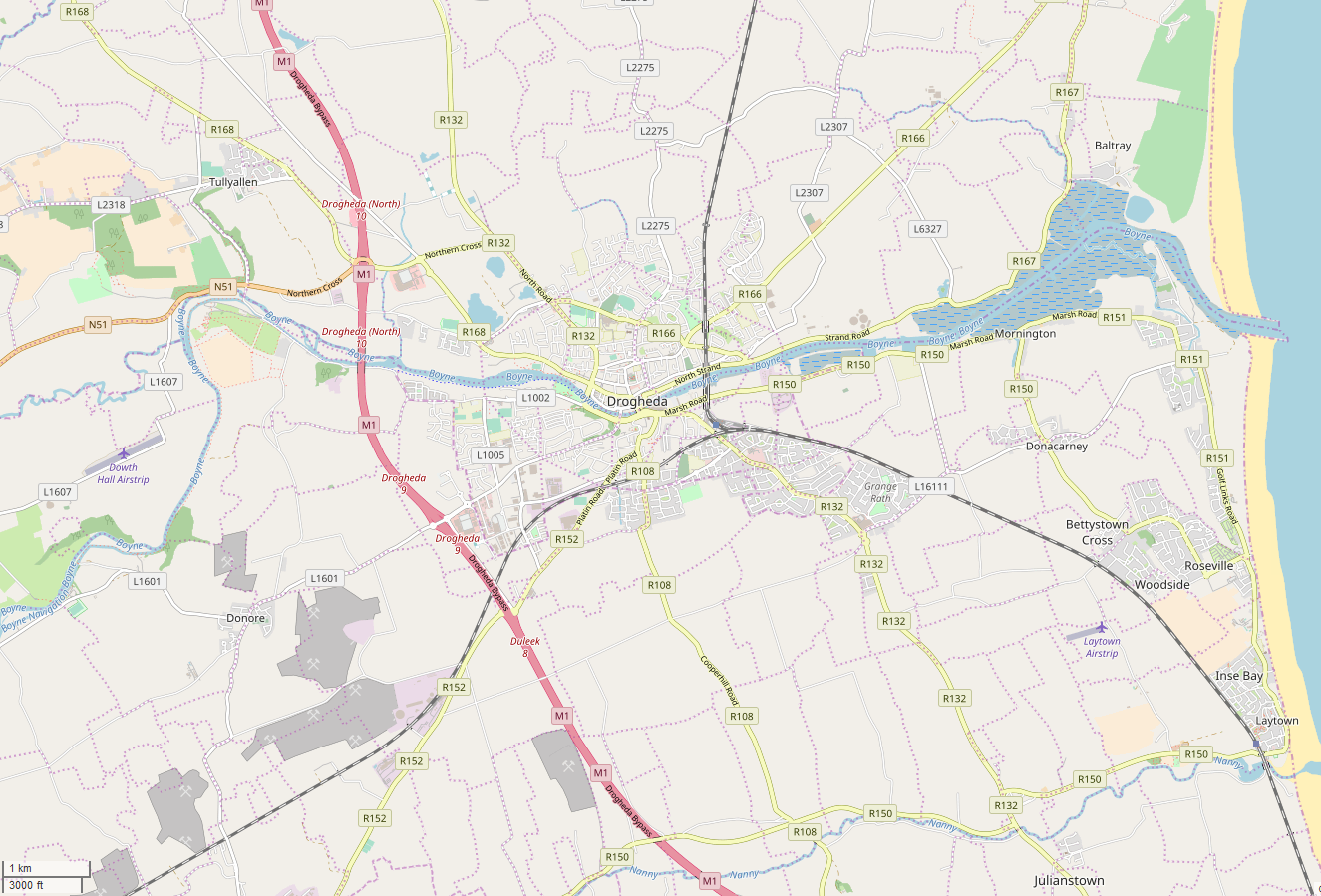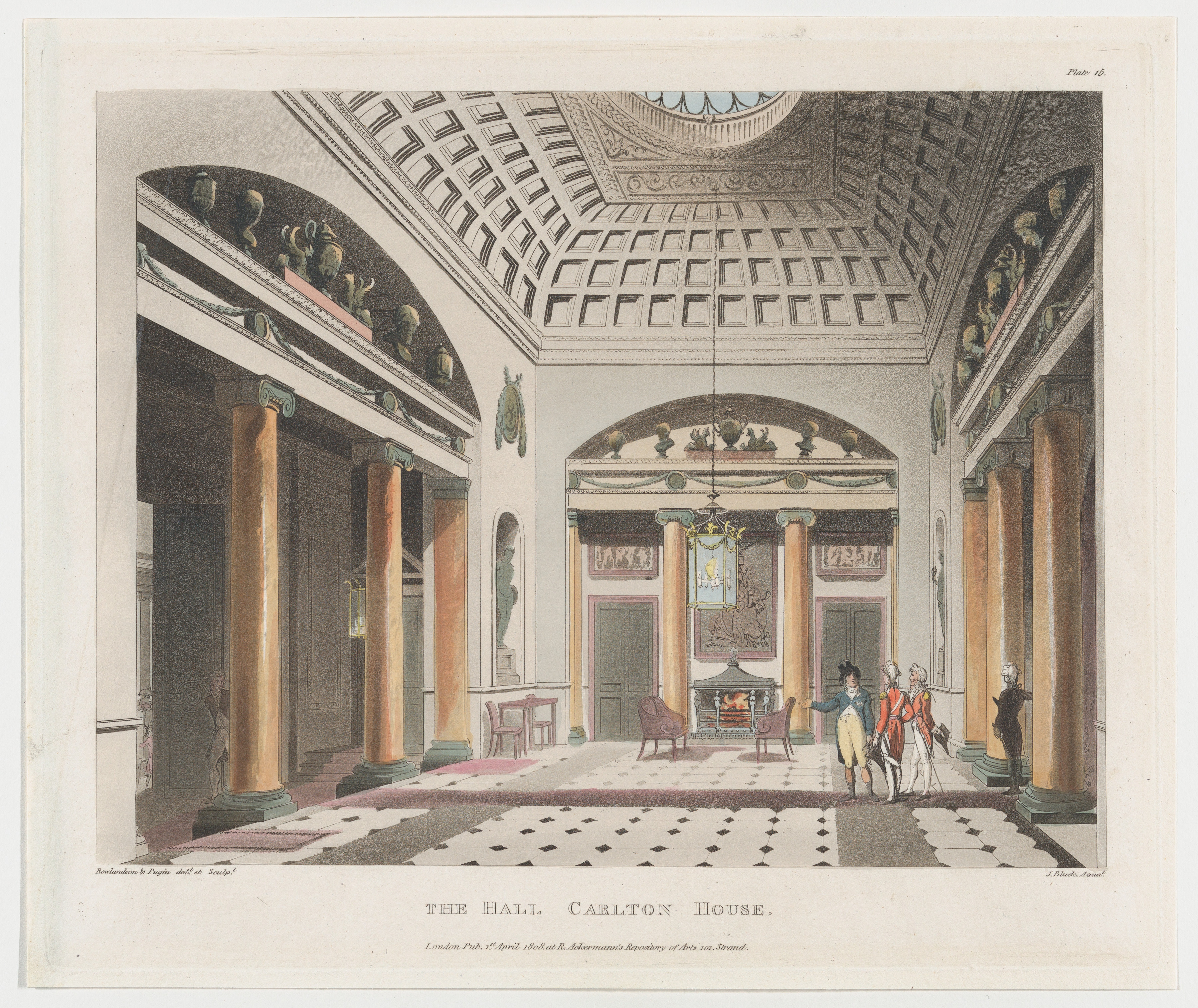|
John Hickey (sculptor)
John Hickey (1751–1795) was an Irish sculptor. Life Born in Dublin on 7 November 1751, John was the fourth son of Noah Hickey, a confectioner in Capel Street, and his wife Anne. His older brothers included the artist Thomas Hickey. John was apprenticed to a Dublin carver and attended the Dublin Society Schools before travelling to London in 1776 to study further at the Royal Academy Schools. In 1778 he won the Royal Academy Gold Medal for his sculpture ''Slaughter of the Innocents''. He exhibited at the Royal Academy in London from 1777 until death. Edmund Burke was enthusiastic in promoting his work to create a statue of Henry Grattan in Dublin. In 1786 he was appointed Sculptor to the Prince of Wales. He died whilst walking on Oxford Street in London on 12 January 1795. Works *Monument to William Dowdeswell at Bushley (1775) *Monument to Samuel Foster at Grantham (1778) *Monument to Lord Andrew Archer at the Church of St Mary Magdalene, Tanworth-in-Arden (1778) ... [...More Info...] [...Related Items...] OR: [Wikipedia] [Google] [Baidu] |
Dublin
Dublin is the capital and largest city of Republic of Ireland, Ireland. Situated on Dublin Bay at the mouth of the River Liffey, it is in the Provinces of Ireland, province of Leinster, and is bordered on the south by the Dublin Mountains, part of the Wicklow Mountains range. Dublin is the largest city by population on the island of Ireland; at the 2022 census of Ireland, 2022 census, the city council area had a population of 592,713, while the city including suburbs had a population of 1,263,219, County Dublin had a population of 1,501,500. Various definitions of a metropolitan Greater Dublin Area exist. A settlement was established in the area by the Gaels during or before the 7th century, followed by the Vikings. As the Kingdom of Dublin grew, it became Ireland's principal settlement by the 12th century Anglo-Norman invasion of Ireland. The city expanded rapidly from the 17th century and was briefly the second largest in the British Empire and sixth largest in Western Europ ... [...More Info...] [...Related Items...] OR: [Wikipedia] [Google] [Baidu] |
Lord Loughborough
Alexander Wedderburn, 1st Earl of Rosslyn, PC, KC (3 February 1733 – 2 January 1805) was a Scottish lawyer and politician who sat in the House of Commons between 1761 and 1780 when he was raised to the peerage as Baron Loughborough. He served as Lord High Chancellor of Great Britain from 1793 to 1801. Life Wedderburn was the eldest son of Peter Wedderburn, Lord Chesterhall (a lord of session), and was born at Chesterhall near Dunbar in East Lothian. He received his initial education at Dalkeith and then the Royal High School, Edinburgh, and matriculated at the University of Edinburgh aged 14. During his studies in Edinburgh he resided at his father's townhouse on Elphinstone Court, south of the Royal Mile, around 200m from the university. He qualified as an advocate serving in Scotland in 1752 aged only 19. He did not see eye to eye with others in the courts and on one occasion felt so insulted at comments on his age that he threw off his gown and never again appeared i ... [...More Info...] [...Related Items...] OR: [Wikipedia] [Google] [Baidu] |
David La Touche (1703–1785)
David (; , "beloved one") was a king of ancient Israel and Judah and the Kings of Israel and Judah, third king of the Kingdom of Israel (united monarchy), United Monarchy, according to the Hebrew Bible and Old Testament. The Tel Dan stele, an Canaanite and Aramaic inscriptions, Aramaic-inscribed stone erected by a king of Aram-Damascus in the late 9th/early 8th centuries BCE to commemorate a victory over two enemy kings, contains the phrase (), which is translated as "Davidic line, House of David" by most scholars. The Mesha Stele, erected by King Mesha of Moab in the 9th century BCE, may also refer to the "House of David", although this is disputed. According to Jewish works such as the ''Seder Olam Rabbah'', ''Seder Olam Zutta'', and ''Sefer ha-Qabbalah'' (all written over a thousand years later), David ascended the throne as the king of Judah in 885 BCE. Apart from this, all that is known of David comes from biblical literature, Historicity of the Bible, the historicit ... [...More Info...] [...Related Items...] OR: [Wikipedia] [Google] [Baidu] |
Chichester Cathedral
Chichester Cathedral, formally known as the Cathedral Church of the Holy Trinity, is the seat of the Anglican Bishop of Chichester. It is located in Chichester, in West Sussex, England. It was founded as a cathedral in 1075, when the seat of the bishop was moved from Selsey.Tim Tatton-Brown and John Crook, ''The English Cathedral'', New Holland (2002), Chichester Cathedral has fine architecture in both the Norman and the Gothic styles, and has been described by the architectural critic Ian Nairn as "the most typical English Cathedral". Despite this, Chichester has two architectural features that are unique among England's medieval cathedrals—a free-standing medieval bell tower (or campanile) and double aisles.Alec Clifton-Taylor, ''The Cathedrals of England'', Thames & Hudson (1967) The cathedral contains two rare medieval sculptures, and many modern art works including tapestries, stained glass and sculpture, many of these commissioned by Walter Hussey (Dean, 1955–1977 ... [...More Info...] [...Related Items...] OR: [Wikipedia] [Google] [Baidu] |
Joseph Baker (died 1789)
Joseph or Joe Baker may refer to: *Joseph Baker (Royal Navy officer) (1767–1817), British naval officer * Joseph Baker (pirate) (died 1800), Canadian pirate * Joseph Baker (civil servant), English civil servant *Joe Baker (marine scientist) (1932–2018), Australian marine scientist and rugby league player * Joseph Baker (politician) (born 1959), member of the Vermont House of Representatives * Joseph A. Baker (1883–1959), member of the Mississippi State Senate *Joe Baker (1940–2003), England footballer * Joe Baker (footballer, born 1977), English footballer *Joseph Allen Baker (1852–1918), British Member of Parliament for Finsbury East, 1905–19 *Joe Don Baker (1936–2025), American character actor *Joseph M. Baker (1898–1928), U.S. Marine who won the Distinguished Service Cross in World War I *Joe Baker, a member of the Baker family of characters from ''Resident Evil 7: Biohazard'' *Joey Baker (born 2000), American college basketball player *Joby Baker Joseph N. "J ... [...More Info...] [...Related Items...] OR: [Wikipedia] [Google] [Baidu] |
Beckenham
Beckenham () is a town in Greater London, England, within the London Borough of Bromley. Prior to 1965, it was part of Kent. It is situated north of Elmers End and Eden Park, east of Penge, south of Lower Sydenham and Bellingham, and west of Bromley and Shortlands, and south-east of Charing Cross. Its population at the 2011 Census was 46,844. Beckenham was, until the coming of the railway in 1857, a small village, with most of its land being rural and private parkland. John Barwell Cator and his family began the leasing and selling of land for the building of villas which led to a rapid increase in population, between 1850 and 1900, from 2,000 to 26,000. Housing and population growth has continued at a lesser pace since 1900. Beckenham has areas of commerce and industry, principally around the curved network of streets featuring its high street, and is served in transport by three main railway stations — nine within the post town — plus towards its western ... [...More Info...] [...Related Items...] OR: [Wikipedia] [Google] [Baidu] |
Drogheda
Drogheda ( , ; , meaning "bridge at the ford") is an industrial and port town in County Louth on the east coast of Ireland, north of Dublin. It is located on the Dublin–Belfast corridor on the east coast of Ireland, mostly in County Louth but with the south fringes of the town in County Meath, north of Dublin city centre. Drogheda had a population of 44,135 inhabitants in 2022, making it the List of settlements on the island of Ireland by population, eleventh largest settlement by population in all of Ireland, and the largest town in Ireland, by both population and area. It is the second largest in County Louth with 35,990 and sixth largest in County Meath with 8,145. It is the last bridging point on the River Boyne before it enters the Irish Sea. The UNESCO World Heritage Site of Newgrange is located west of the town. Area Drogheda was founded as two separately administered towns in two different territories: Drogheda-in-Kingdom of Meath, Meath (i.e. the Lordship of Mea ... [...More Info...] [...Related Items...] OR: [Wikipedia] [Google] [Baidu] |
Henry Singleton (judge)
Henry Singleton (1682–1759) was an Irish politician and judge, who is remembered now mainly for his friendship with Jonathan Swift, and for his notable acts of charity during the Irish Famine (1740-41), Great Irish Famine of 1740-1, in which between 300,000 and 500,000 people (possibly 20% of the overall population) died. Singleton House, his impressive townhouse in Drogheda, no longer exists. Career Politician He was born in Drogheda, one of eleven children of Edward Singleton, Member of Parliament for Drogheda town and his wife Catherine Newton. He went to school in Drogheda Grammar School, graduated from Trinity College Dublin, entered the Inner Temple and was called to the Bar in 1707. Like his father, he sat in the Irish House of Commons as MP for Drogheda (Parliament of Ireland constituency), Drogheda and was a close associate of the foremost Parliamentary "manager", William Conolly. He narrowly missed becoming Speaker (politics), Speaker of the House in 1733, apparentl ... [...More Info...] [...Related Items...] OR: [Wikipedia] [Google] [Baidu] |
Carlton House
Carlton House, sometimes Carlton Palace, was a mansion in Westminster, best known as the town residence of George IV, during the regency era and his time as prince regent, before he took the throne as king. It faced the south side of Pall Mall, and its gardens abutted St James's Park in the St James's district of London. The location of the house, now replaced by Carlton House Terrace, was a main reason for the creation of John Nash's ceremonial route from St James's to Regent's Park via Regent Street, Portland Place and Park Square: Lower Regent Street and Waterloo Place were originally laid out to form the approach to its front entrance. History An existing house was rebuilt in 1709 for Henry Boyle, created Baron Carleton in 1714, who bequeathed it to his nephew, the architect Richard Boyle, 3rd Earl of Burlington. Burlington sold it in 1732 to Frederick, Prince of Wales, for whom William Kent laid out the garden. Frederick's widow Augusta, Princess of Wales, enlarg ... [...More Info...] [...Related Items...] OR: [Wikipedia] [Google] [Baidu] |
Leyton, Essex
Leyton ( ) is a town in East London, England, within the London Borough of Waltham Forest. It borders Walthamstow to the north, Leytonstone to the east, and Stratford, London, Stratford to the south, with Clapton, London, Clapton, Hackney Wick and Homerton, across the River Lea, to the west. The area includes New Spitalfields Market, Leyton Orient Football Club, as well as part of the Queen Elizabeth Olympic Park. The town consists largely of terraced houses built between 1870 and 1910, interspersed with some modern housing estates. It is north-east of Charing Cross. It was historically part of the ancient parish of Municipal Borough of Leyton, Leyton St Mary in the Becontree Hundred, Becontree hundred and part of the Historic counties of England, ancient county of Essex. The town expanded rapidly in the late 19th century, forming part of the conurbation of London and becoming a suburb, similar to much of south-west Essex. It became part of the Metropolitan Police District i ... [...More Info...] [...Related Items...] OR: [Wikipedia] [Google] [Baidu] |
Sir Richard Hoare, 1st Baronet
''Sir'' is a formal honorific address in English for men, derived from Sire in the High Middle Ages. Both are derived from the old French "" (Lord), brought to England by the French-speaking Normans, and which now exist in French only as part of "", with the equivalent "My Lord" in English. Traditionally, as governed by law and custom, Sir is used for men who are knights and belong to certain orders of chivalry, as well as later applied to baronets and other offices. As the female equivalent for knighthood is damehood, the ''suo jure'' female equivalent term is typically Dame. The wife of a knight or baronet tends to be addressed as Lady, although a few exceptions and interchanges of these uses exist. Additionally, since the late modern period, Sir has been used as a respectful way to address a man of superior social status or military rank. Equivalent terms of address for women are Madam (shortened to Ma'am), in addition to social honorifics such as Mrs, Ms, or Miss. Etymo ... [...More Info...] [...Related Items...] OR: [Wikipedia] [Google] [Baidu] |
Fitzwilliam Museum
The Fitzwilliam Museum is the art and antiquities University museum, museum of the University of Cambridge. It is located on Trumpington Street opposite Fitzwilliam Street in central Cambridge. It was founded in 1816 under the will of Richard FitzWilliam, 7th Viscount FitzWilliam (1745–1816), and comprises one of the best collections of antiquities and modern art in western Europe. With over half a million objects and artworks in its collections, the displays in the museum explore world history and art from antiquity to the present. The treasures of the museum include artworks by Monet, Picasso, Peter Paul Rubens, Rubens, Vincent van Gogh, Pierre Auguste Renoir, Renoir, Rembrandt, Cézanne, Anthony van Dyck, Van Dyck, and Canaletto, as well as a winged bas-relief from Nimrud. Admission to the public is always free. The museum is a partner in the University of Cambridge Museums consortium, one of 16 Major Partner Museum services funded by Arts Council England to lead the d ... [...More Info...] [...Related Items...] OR: [Wikipedia] [Google] [Baidu] |











